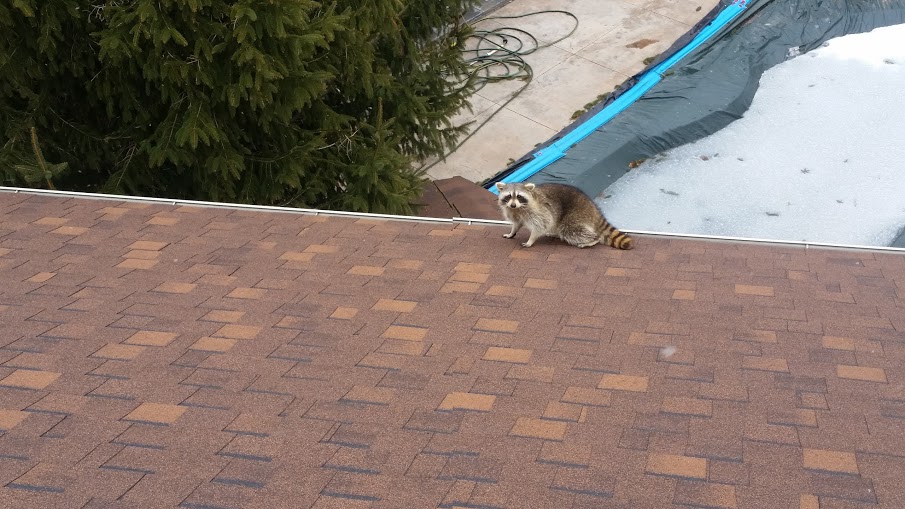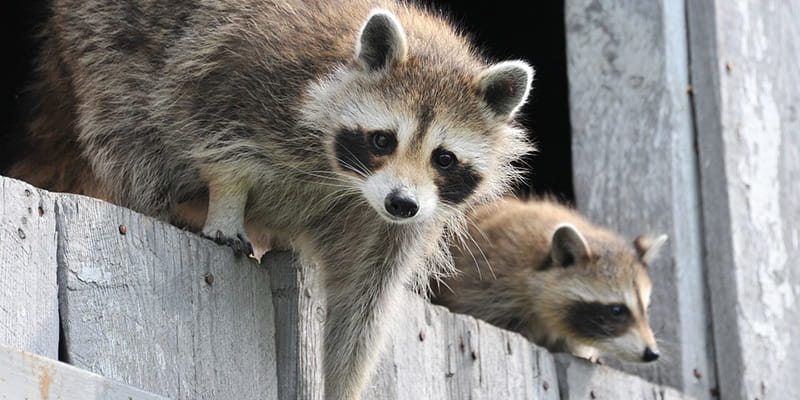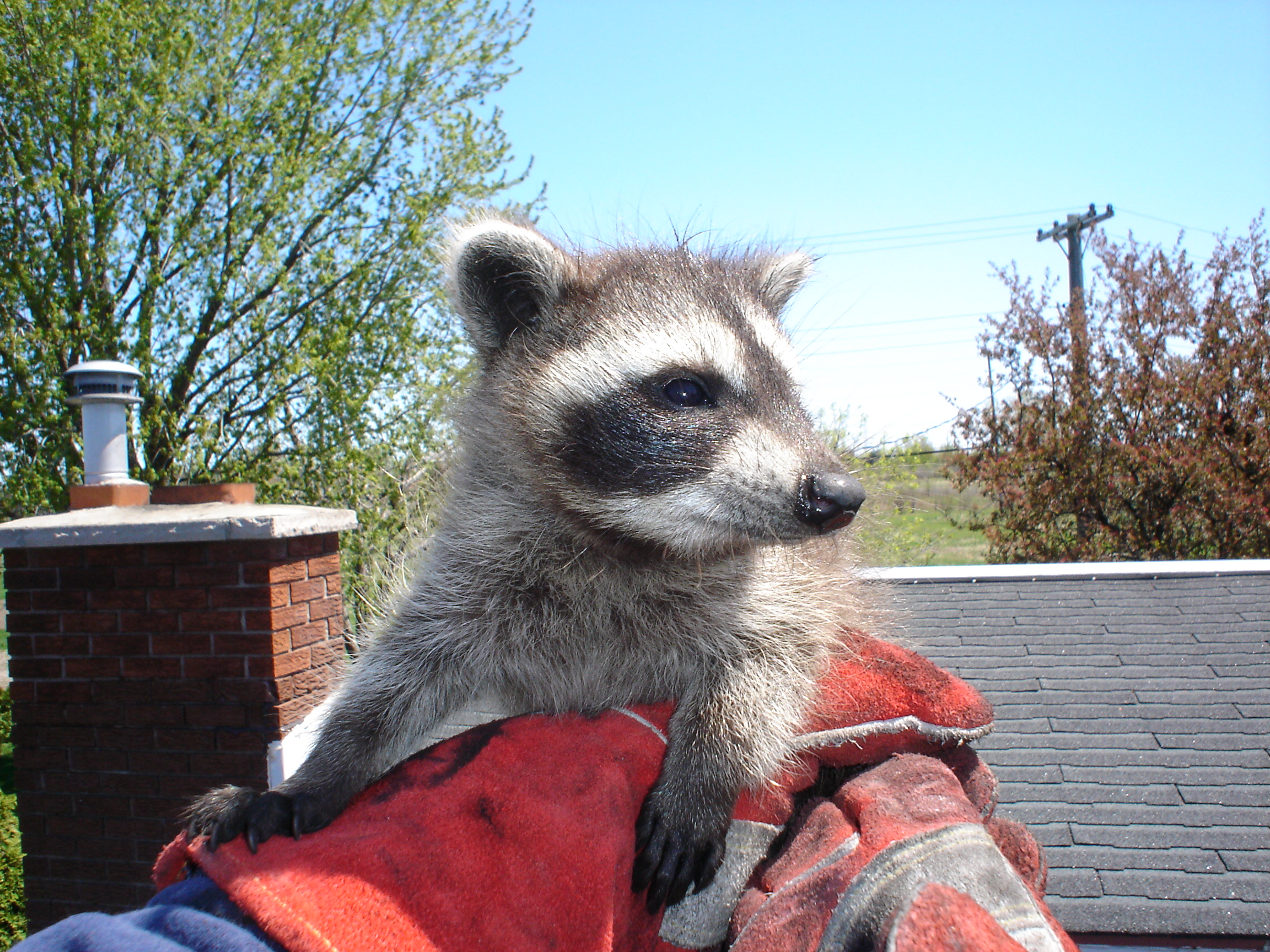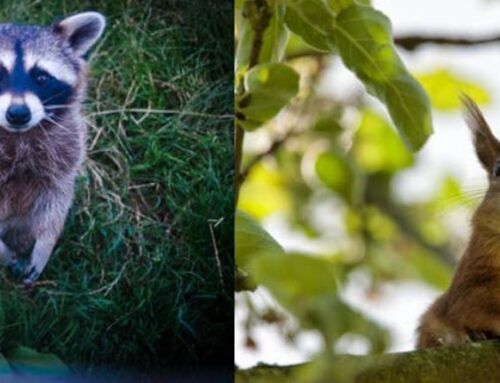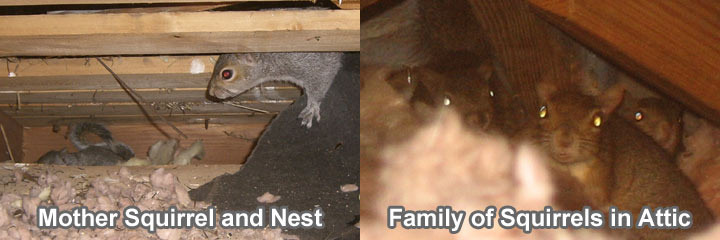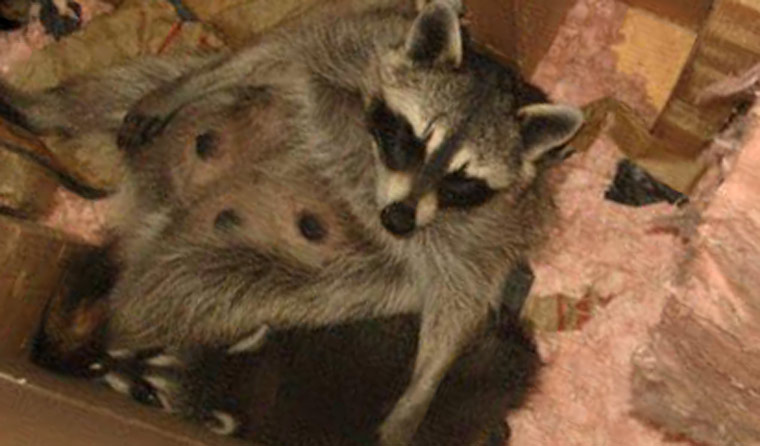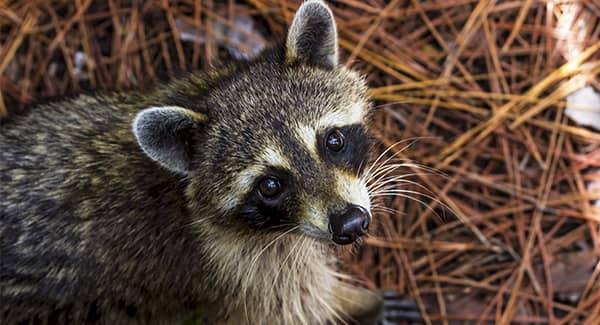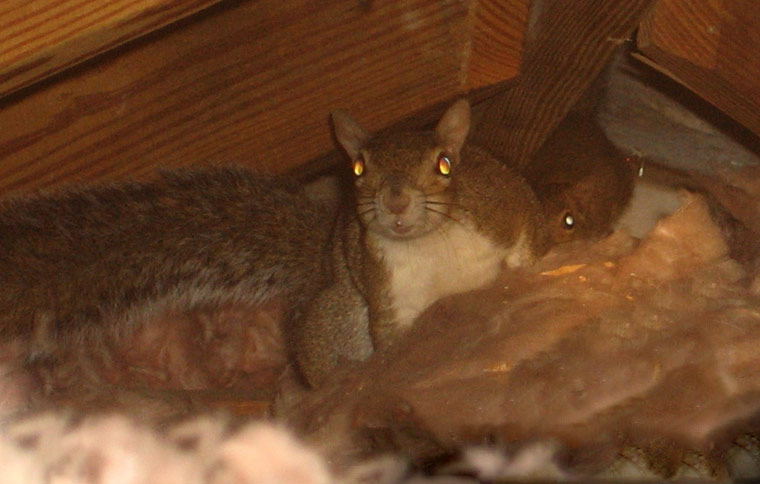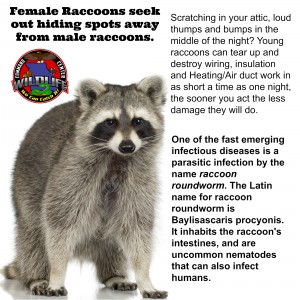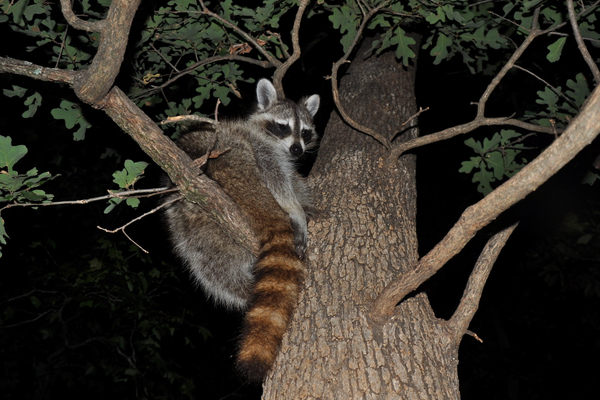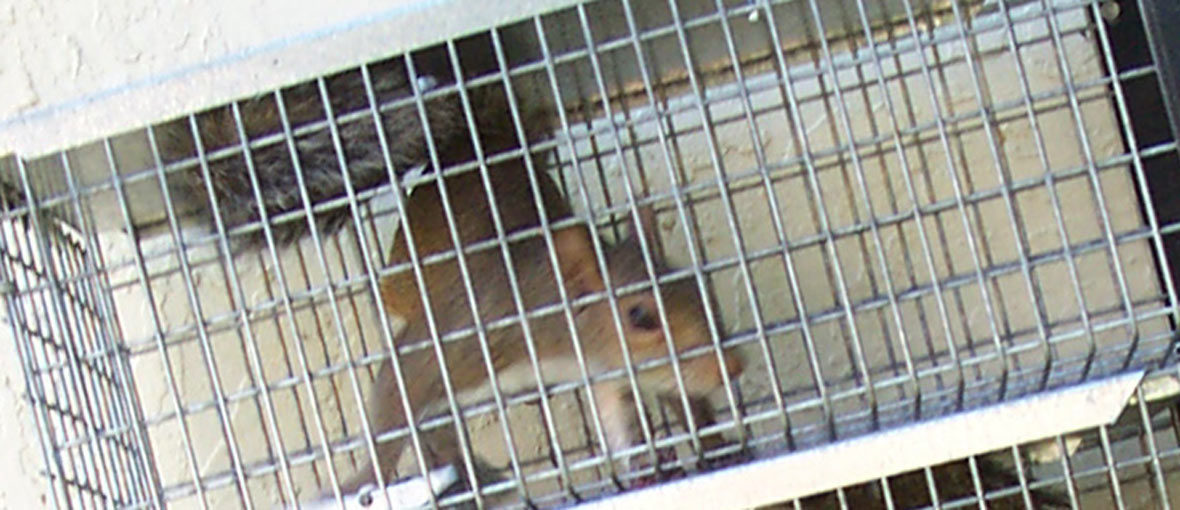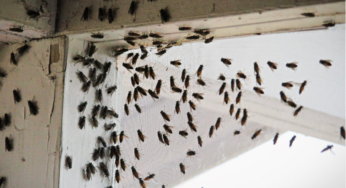Racoon In Attic Daytime Nighttime
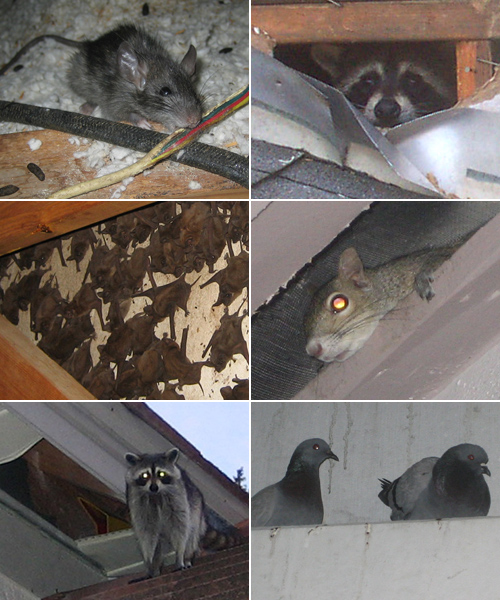
Raccoons that live in attics may be active during the day.
Racoon in attic daytime nighttime. Raccoons are large sized smart and aggressive animals besides they are nocturnal it means all their activities happen at nighttime which makes it hard to detect and repel. Animal noises in the attic differ vary dramatically from species to species as well as different times of the day or night. You will probably hear them when they leave after dusk and return during the night. You are most likely to hear them at night since raccoons are nocturnal.
Inspect the home and find the entry hole s which are very large and. Raccoons are excellent mothers and will move their babies to a new den site if given the chance but evicting a mother raccoon always runs the risk of her abandoning or getting separated from her babies. It is a common myth that if a raccoon is found out and about during the daytime hours that it most likely has rabies or is very sick. Different species have very different activity patterns and this is an excellent clue.
Trapping raccoons that are regularly on the roof whether the raccoons are getting on the roof or actually using it as a route to the attic trapping is an important way of dealing with the issue and cage traps are the most common approach to catching these animals. Raccoons in the attic. If there are babies you may hear them crying and whining. Signs of raccoons in an attic.
Raccoon noises in the attic. Most raccoon noises in the attic occur at night evening and early mornings. The nest of baby raccoons must be found removed and the mother trapped. Raccoons in the attic make several different types of noises.
There are a number of reasons why raccoons will venture out into the sunlight. Additionally a mother raccoon out with her kits during the day is more than likely taking them on a hunting trip to show them how to forage. We deal with animals in attics daily. Be careful you don t want to orphan the baby raccoons.
The time of day or night that you hear the noises is very important in identifying the invader. A raccoon living in an attic from january to september should always be assumed to be a mother with babies. This almost always involves an adult female and a litter of baby raccoons. If a daytime raccoon is in fact rabid it is easily distinguishable from its healthy counterparts.
This is a very complex case. Here are the general steps for removing raccoons from an attic. If a raccoon invades a house it makes it terrible for the homeowners to get rid of it and keep it away from the property forever. You may also see the raccoons if you go into your attic and look around.
